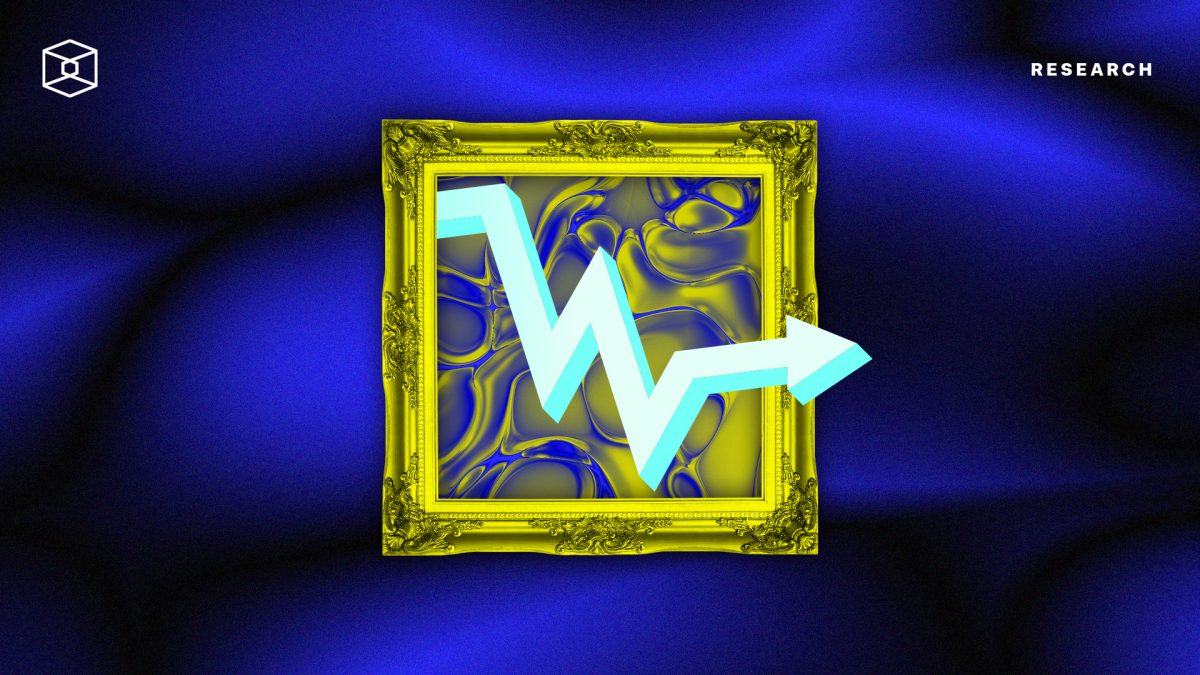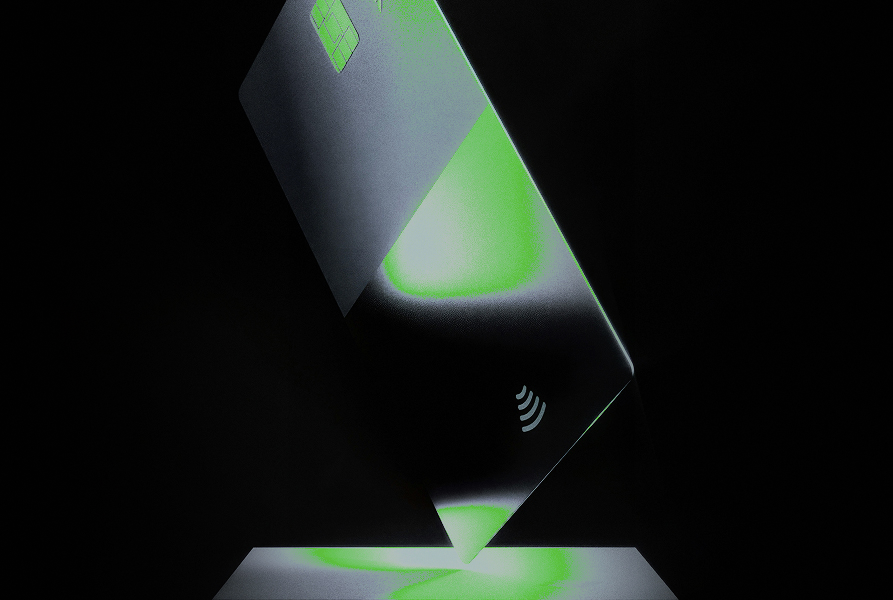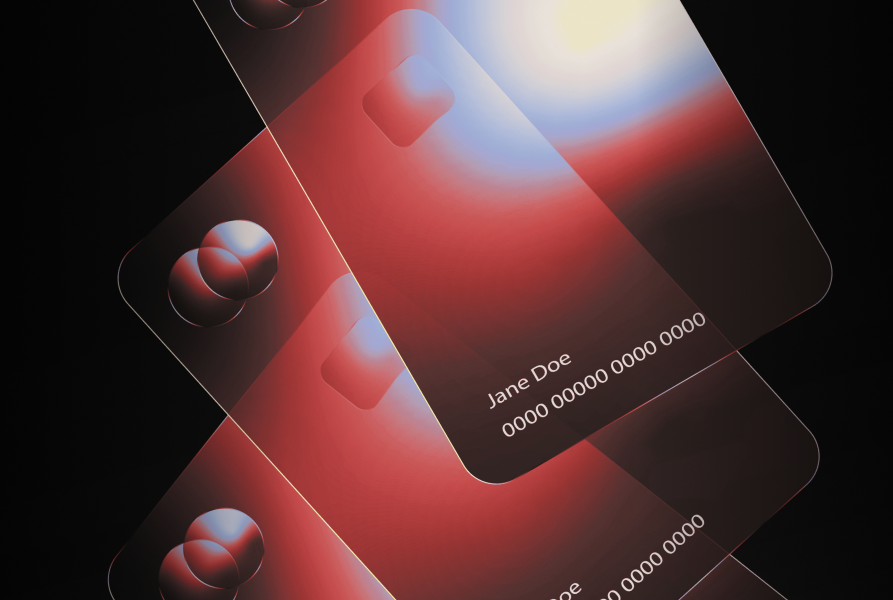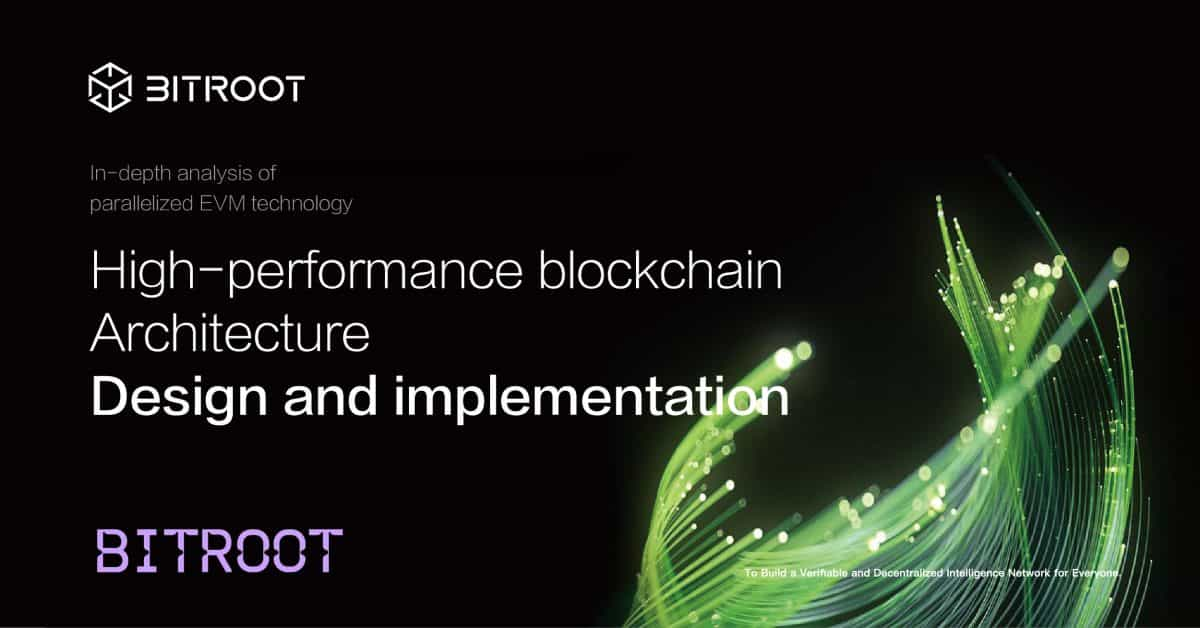Why NFT wash trading was up 126% in February

Quick Take
- Wash trading rose 126% in February, accounting for $580 million in trade volume on the top six marketplaces, according to CoinGecko.
- The upswing follows the rise in overall NFT trading activity over the last four months, driven in part by incentives offered on Blur.

As the volume of NFT trading has continued to rise over the last four months, so has the rate of wash trading, according to a new CoinGecko study. The company reported that $580 million in phony trades were executed on the top six marketplaces in February, a 126% rise from the previous month.
NFT wash trading made up about 23% of unadjusted trading volume out of a total of $1.89 billion traded across the six biggest marketplaces, which the report said, "can be attributed to the activity of users incentivized to increase their trading volumes" by marketplaces "that offered rewards for transactions."
The largest offenders were X2Y2, Blur and LooksRare, which contributed $280 million (49.7%), $150 million (27.7%) and $80 million (15.1%), respectively.
What is wash trading?
A form of market manipulation, wash trading is essentially when an individual or a firm trades with itself to artificially inflate prices, generate the illusion of liquidity or make money from the incentives offered on a given platform.
A trader can buy and sell the same asset multiple times to make it appear that there's higher demand than there really is.
Wash trading made up around 70% of all transactions on noncompliant crypto exchanges, including Binance, according to a study published by the National Bureau of Economic Research in December. Investor Mark Cuban told TheStreet he thinks the next "possible implosion" in crypto could be the discovery of wash trades on central exchanges.
In the world of NFTs, the practice is commonplace. A study published by a data analyst at Dune in December said that in January 2022, more than 80% of NFT trading volume was wash trading.
Although the figures have declined since, the problem still is significant. As the CoinGecko study indicates, token incentives are partly responsible for the recent increase in wash trading.
$BLUR token incentives
Blur saw wash trading triple in February after it introduced its native token $BLUR and began to run airdrop campaigns, which reward users for their transaction activity, according to CoinGecko.
With low transaction fees and token incentives, Blur has become an ideal venue for wash trading. As long as the rewards and incentives offered for increased trading activity exceed the gas fees paid for executing a trade, users could in theory continue to earn money by simply passing assets from one wallet to another.
In the first week of March, Blur captured 84% of all Ethereum-based NFT transactions, doubling its market share in less than two months.
It's a practice that has become common on other NFT marketplaces, such as X2Y2 and LooksRare, where a user's trading volume from the previous day is used to calculate token rewards. In the CoinGecko study, it's estimated that wash trading represented 85% and 81% on these marketplaces, respectively. In February, Chainalysis reported that a group of 110 addresses had earned more than $8.9 million executing this strategy.
A trend
As Blur becomes the biggest force in the NFT market, wash trading is poised to continue increasing.
As The Block previously reported, the bidding-incentive model used on Blur has created an environment where buyers are regularly offered more than the asking price for items in collections.
While the fees tacked onto a transaction set against the rewards for listing and bidding, the incentives set up a context where reverse arbitrage can turn a profit.
© 2025 The Block. All Rights Reserved. This article is provided for informational purposes only. It is not offered or intended to be used as legal, tax, investment, financial, or other advice.






